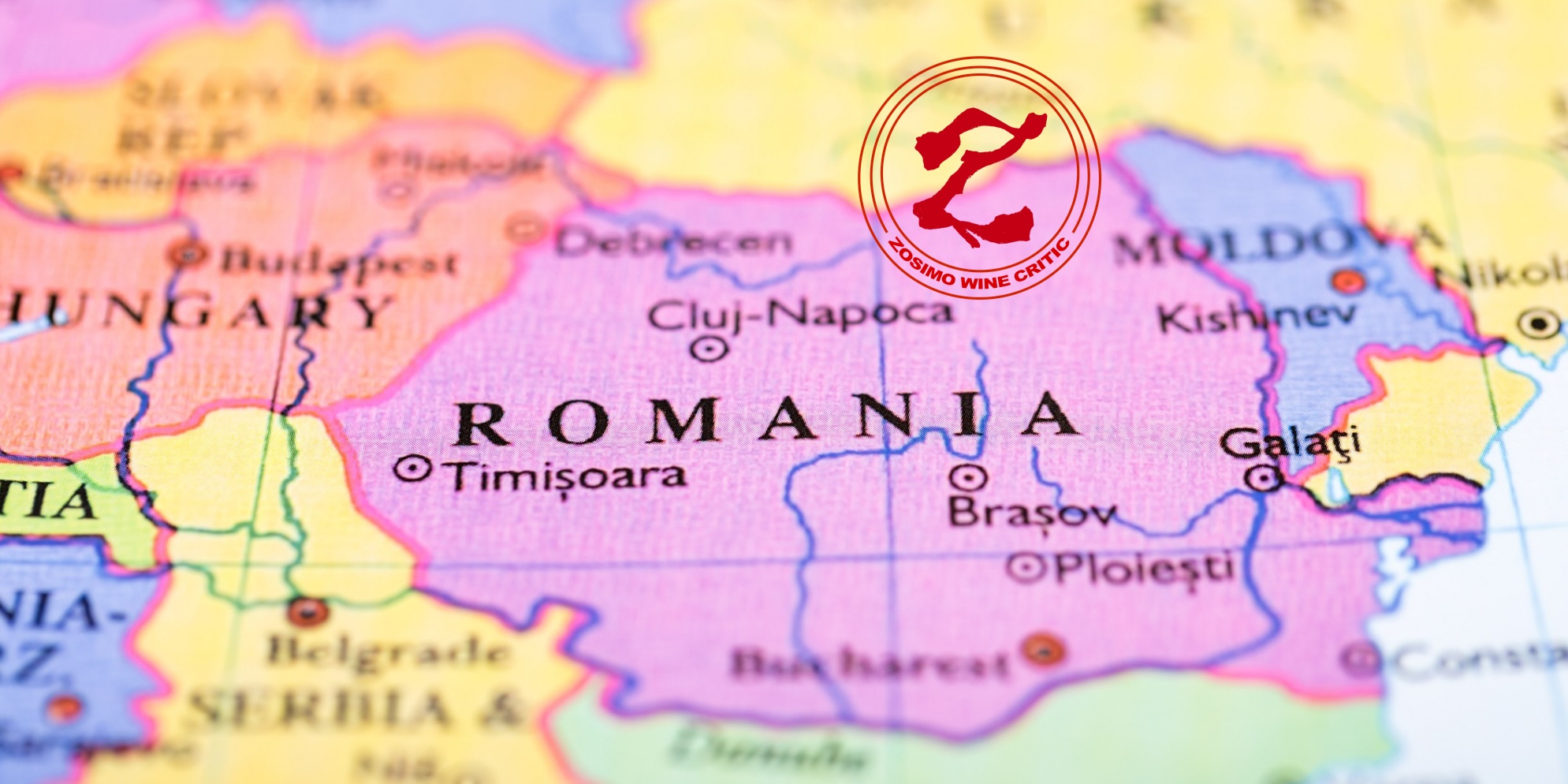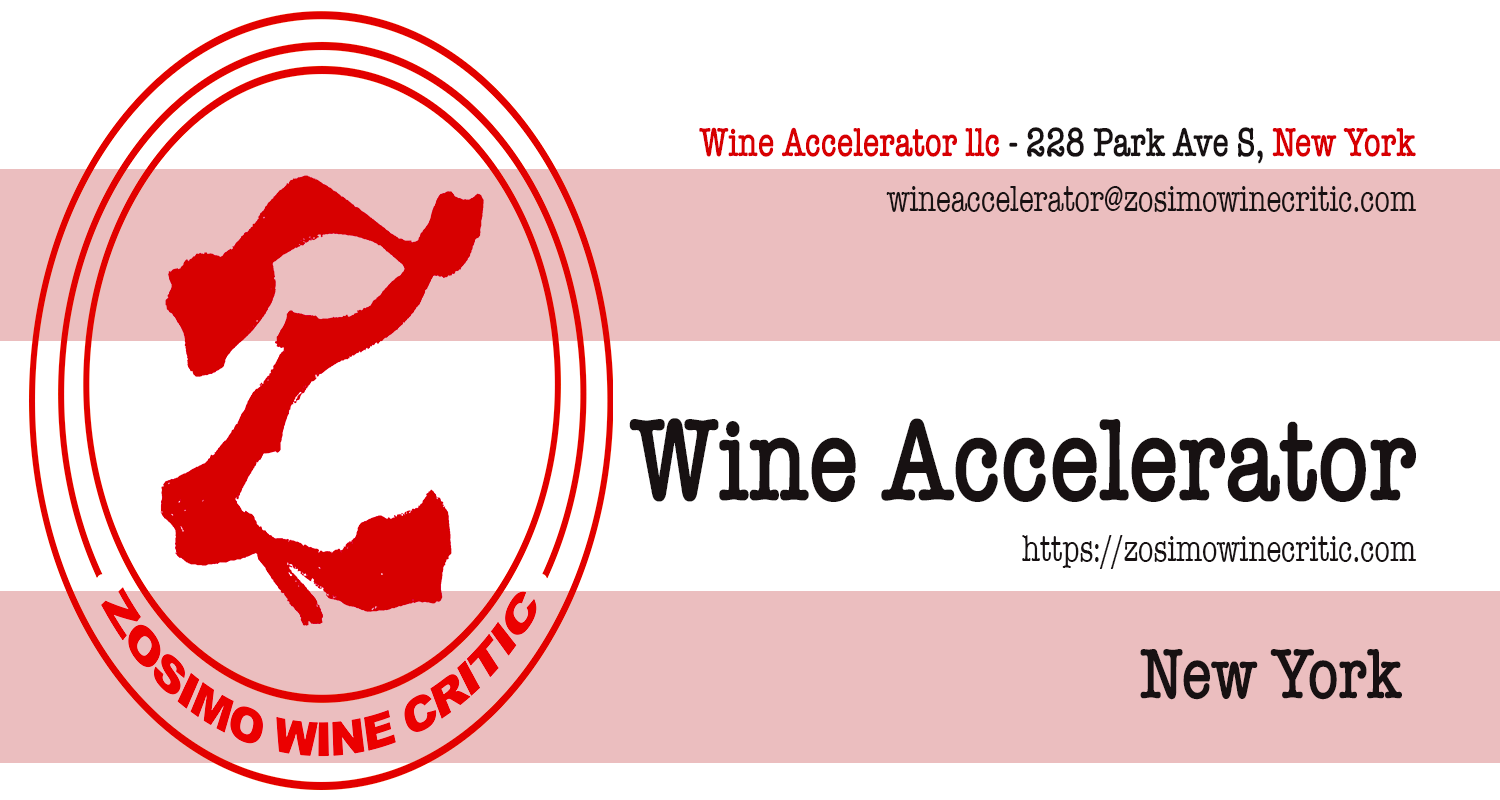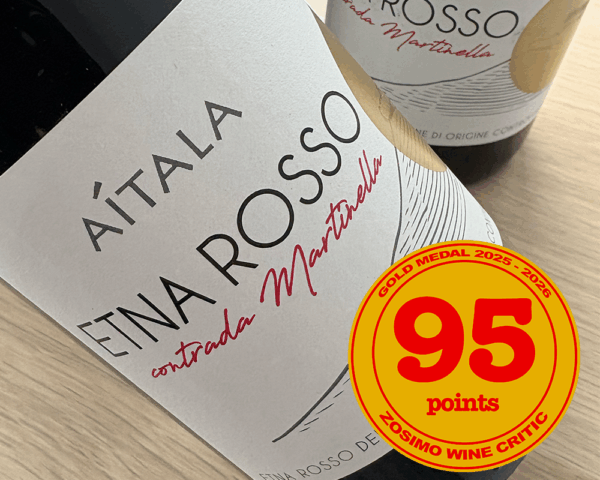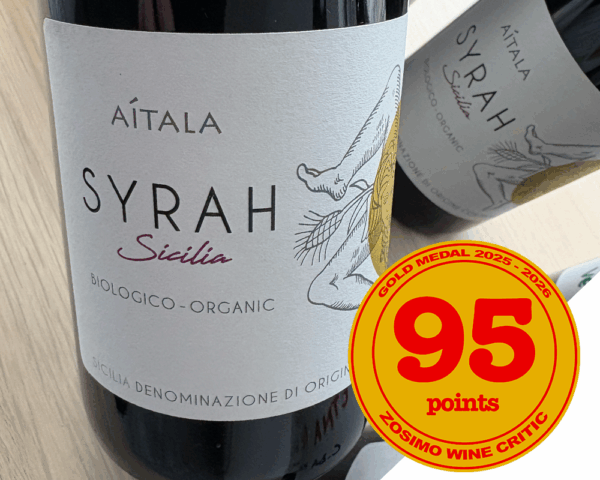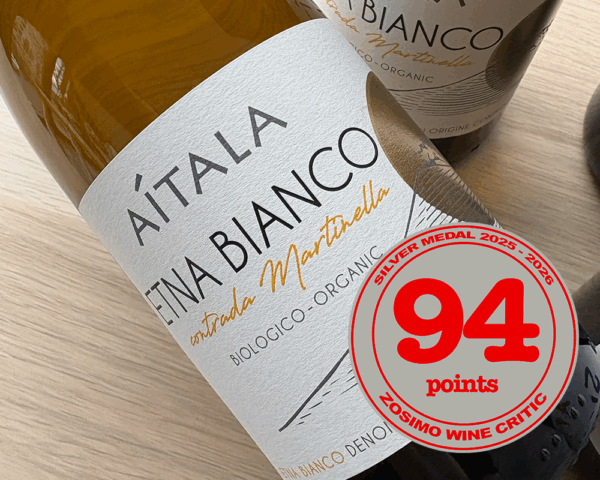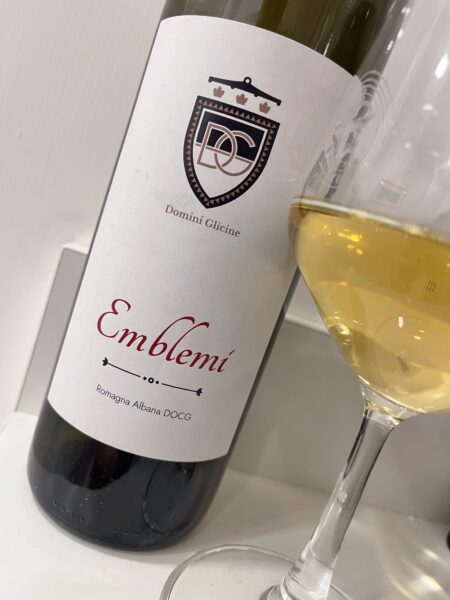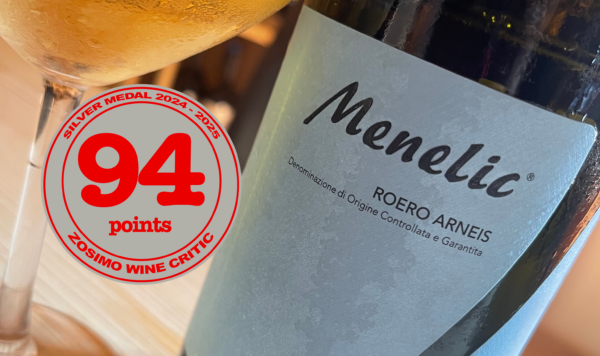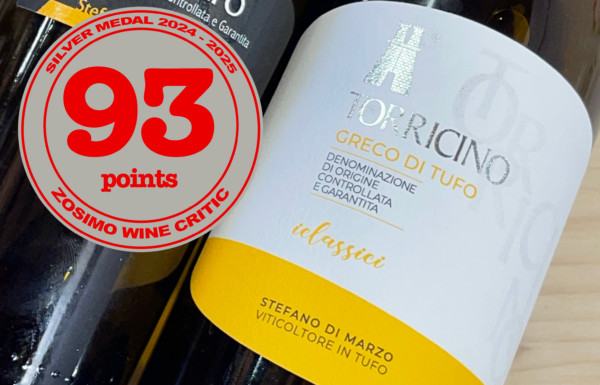Romania Wine Marketplace (2024)
Twenty years have passed since it all began. It was 2004 when “Sommelier Zosimo”—as Carmelo Sgandurra was called—first introduced wine to Romania. Back then, these were timid attempts, featuring wines strictly from Abruzzo, brought by visionary entrepreneurs. Yet, these offerings initially met with little enthusiasm from the public.
With perseverance—or what we might call sheer stubbornness today—one presentation led to another. One masterclass turned into many, and glass by glass, Italian wine gradually found appreciation in this land. Romania, a country known for producing excellent wines, also loves exploring, discovering, and falling in love with new flavors.

Gianfranco Ulisse – Founder Tenute Ulisse
Romania’s entry into the European Union in 2008 and the cultural exchange with millions of Romanians living abroad led to an increase in wine imports. In 2009, imports were estimated at around 20 million euros. Today, that number has exceeded 150 million euros.
Italian wine is still the most imported, followed by French, and now new trends are emerging. Georgian, Argentinian, and Australian wines, among others, are finding their audience in this attentive and evolving market.
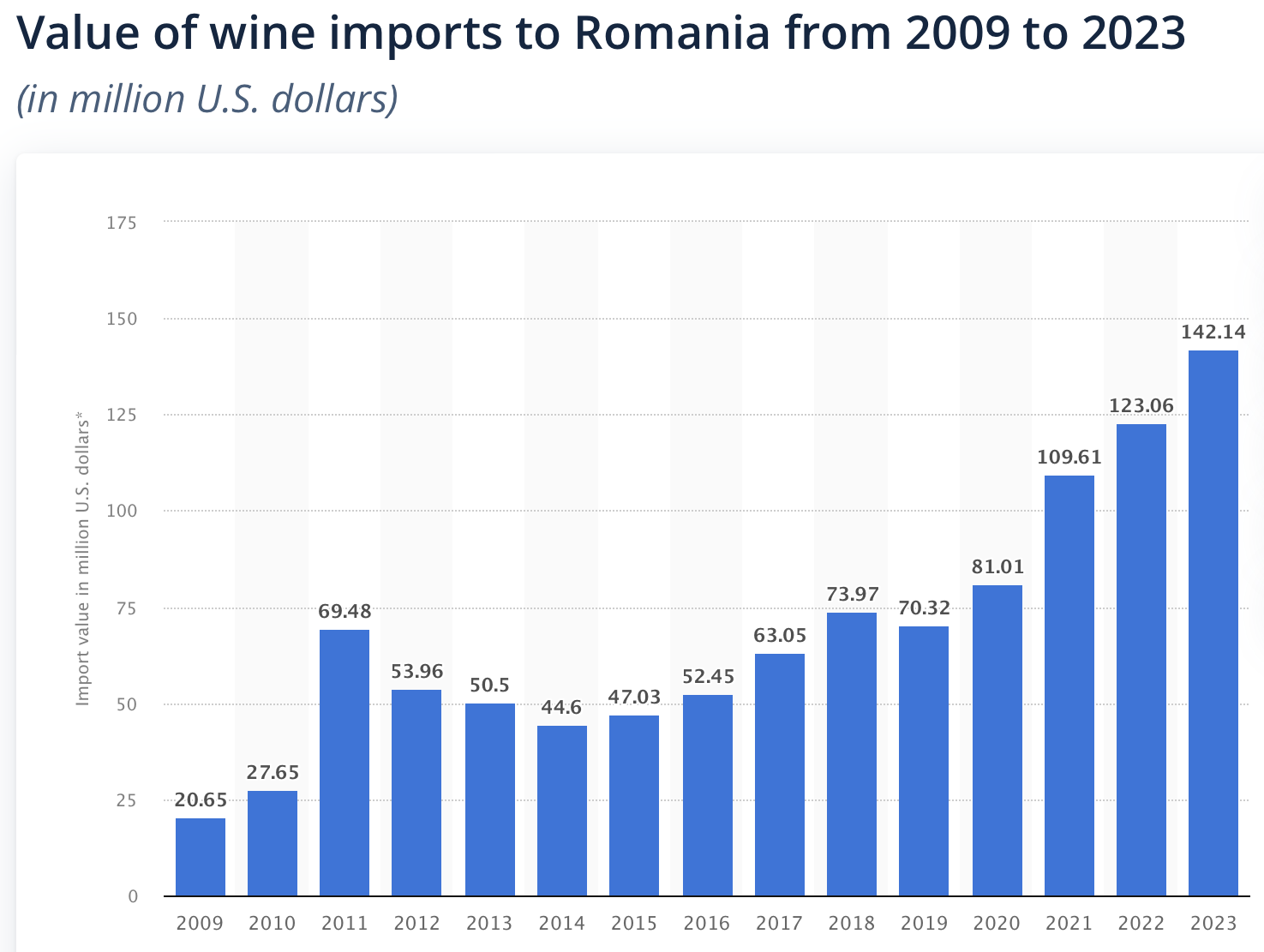
Initially, it was Montepulciano d’Abruzzo that won over the palates of Romanian wine lovers. Even today, no wine list in a restaurant, wine shop, or tasting bar is complete without this wine. In recent years, as predicted by “Zosimo Wine Critic,” tastes have expanded to include other varietals like Primitivo and Negroamaro.
The market that’s growing most rapidly, however, is Prosecco—highly sought after, although largely driven by marketing efforts. It can be hard to find sparkling wines of the caliber of Asolo, Valdobbiadene, and even Franciacorta.
High-quality wines, including those from Tuscany, Barolo, Champagne, and Grand Cru regions, are also in growing demand from a niche market that seeks excellence.
Over these years, Romania’s wine market has grown steadily, reaching a per capita consumption just under 30 liters per year, similar to Italy. With 205,000 hectares of vineyards and a production of 330 million liters, local wines dominate the domestic market. However, it’s expected that, in the coming years, imported wines will account for 50% of the total consumption.
The fragmented nature of importers, often short-lived or sporadic, has meant that only certain wines, and in small quantities, have found their way into Romania. A more structured, widespread distribution has been lacking.
But things are changing—culturally, organizationally, and, most importantly, legislatively. As of July 1, 2024, new import/export regulations have been introduced across Europe, and Romania’s entry into the Schengen Area is bringing greater stability to the market.
https://mfinante.gov.ro/domenii/fiscalitate/impozite-si-taxe/regim-accize

A key factor in this shift has been the effect of “Ratings.” Highlighting the best wine selections through ratings has fueled a growing appreciation of enology. Many consumers actively seek the highest-rated wines, where the palate’s delight matches critical acclaim. The “Zosimo Wine Critic” rating system provides a tailored service, adapting to the market and its evolution.
In the past 20 years, we have conducted training courses across the country, and thousands of masterclasses have uncovered every subtle tasting nuance. Market adaptation and numerous in-coming initiatives in Italy have fostered learning trips and educational experiences across all territories.
It is clear that the “Romanian Marketplace” is vibrant and ready for new wines and tasting experiences, embracing discoveries from diverse wine regions.

On the other hand, Romanian producers in recent years have been increasingly focused on exporting, highlighting local varietals instead of international ones. This approach is creating an impressive presence in the global wine scene. Winemaking techniques, the extreme quality of wines, labels, packaging, and innovative commercial strategies will balance the domestic and export markets.
Additionally, Romania is a land of great discoveries—not only in wine. Its cultural cities, thermal baths, stunning landscapes, culinary heritage, coastal regions along the Black Sea, and breathtaking mountains make it a must-visit destination, with cutting-edge hotels and restaurants ready to welcome visitors.
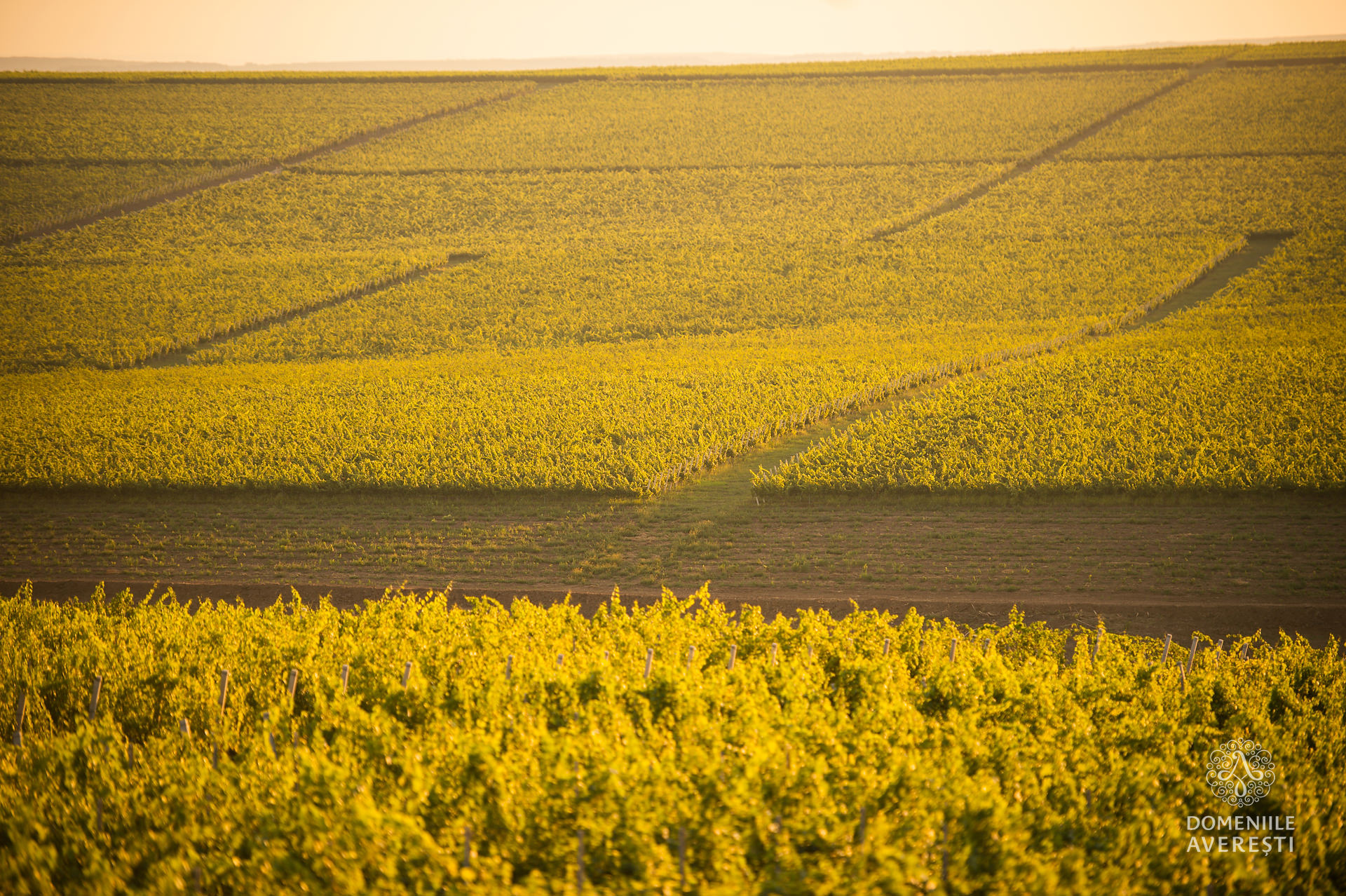
A significant change at the end of 2024 is the consolidation of the various offices of “Zosimo Wine Critic” in Romania. In just a few weeks, we will inaugurate our new and functional headquarters in Bucharest.
In the capital, we have established organizational offices, an open masterclass room available year-round for presentations, courses, masterclasses, and events, and a meeting room for B2B gatherings. The secretariat will manage and centralize all promotional initiatives for Eastern Europe, supported by continuous professional collaborations.
Romania awaits new wineries, new wines, new regions—ready to excite in this one-of-a-kind market. “Zosimo Wine Critic” is here to support you.
